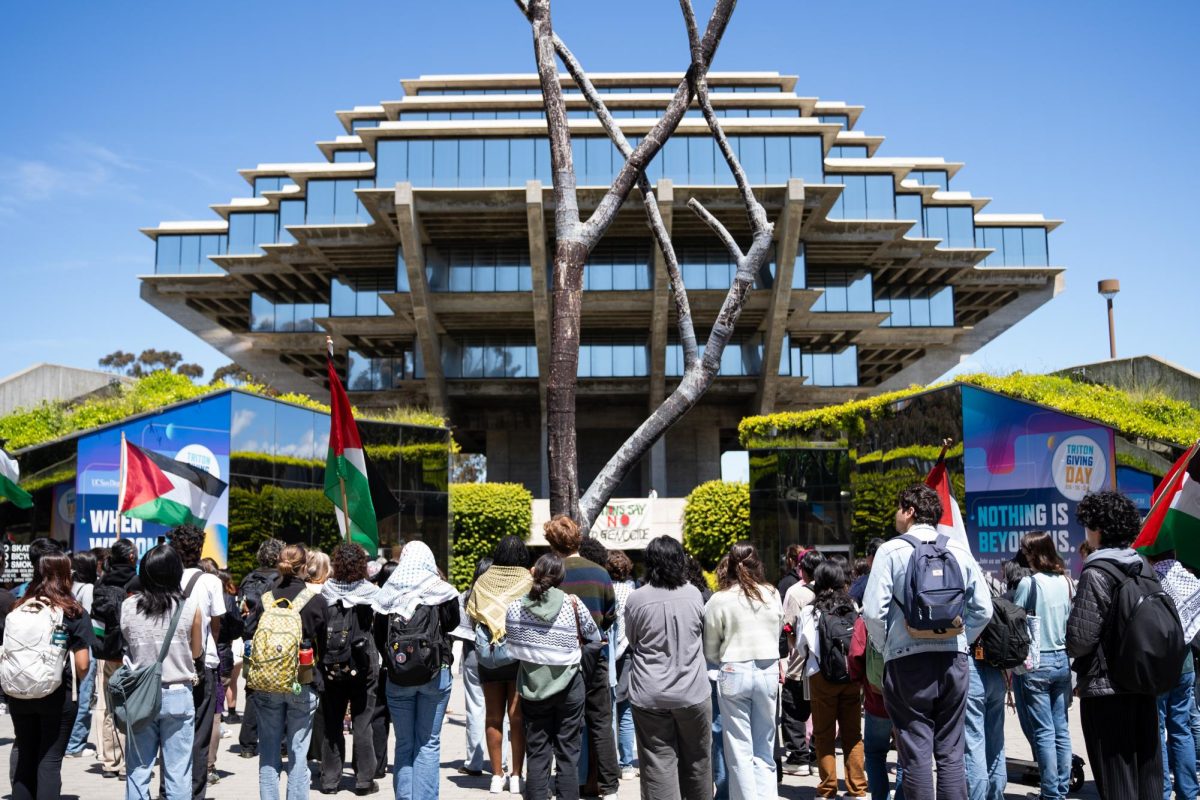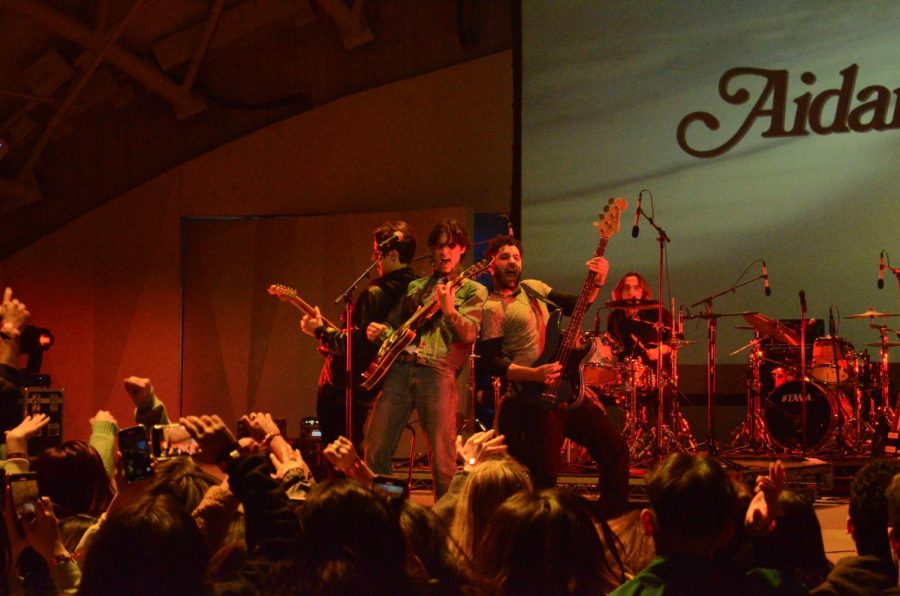Prompted by the Sept. 11 terrorist attacks, UCSD academics from various fields of research have accelerated their studies over the last year in an effort to boost homeland security.
Innovations including a computer chip designed to detect sarin gas and a real-time face recognition surveillance system were among the research projects showcased at a university-sponsored briefing on Sept. 4.
“”Cooperation and collaboration in the name of homeland security are now more important than ever before,”” said Fran Berman, director of the San Diego Supercomputer Center. “”We believe that the public’s understanding of homeland security research and preparedness is increasingly important to a free and secure society.””
While multiple departments and disciplines were represented at the briefing, UCSD research efforts were classified into five groups: bioterrorism/anti-terrorism, cyber security, disaster detection and response, critical infrastructure and public policy.
“”These are basic areas that in one way, shape or form cover the spectrum of things that the university might be associated with in response to homeland security,”” said Mark Thiemens, dean of UCSD’s Division of Physical Sciences. Thiemens also presented his findings concerning how atmospheric aerosols could be used to detect bioterrorist attacks.
Among the anti-terrorism/bioterrorism projects unveiled at the event was “”smart dust,”” a powder developed in collaboration with researchers at UC Berkeley that identifies harmful chemical and biological agents in an environment, as well as a device that can identify TNT and picric acid explosives using fluorescent sensors. The first oral drug treating smallpox infections was developed at UCSD as well.
Another concern of UCSD faculty members was the need to preserve and protect the Internet from “”cyber-terrorists.”” Tom Perrine of the San Diego Supercomputer Center identified the Internet as a terrorist target because of the United States’ heavy dependence upon the Internet as a tool for commerce and information.
The Internet carries a significant portion of the U.S. gross domestic product, according to Perrine. He said that the U.S. economy remains vulnerable to disruption as long as the threat of cyber-terrorism exists. Perrine cited incidents in 2000 when the Web sites of Yahoo, eBay and Amazon were attacked, affecting data systems and economies in the Pacific Rim.
Perrine’s colleagues agree.
“”Cyber-terrorism is real,”” Berman said. “”We are painfully aware of how important protection of privacy and data security are in the current landscape.””
Frieder Seible of the Jacobs School of Engineering presented his findings on blast damage, claiming that development of critical infrastructure protection is crucial. Seible introduced multi-use sensor networks that are used on structures like the Coronado Bridge, which links cameras and seismic sensors to a monitoring system at the San Diego Supercomputer Center on the UCSD campus using high-speed, wireless Internet. The project’s goal is to make the network available to CalTRANS, the U.S. Coast Guard and other government agencies with an interest in monitoring structures.
Mohan Trivedi of the Jacob School of Engineering is working to boost the capabilities of facial recognition surveillance systems. By increasing the number of faces that are scanned over a given time while also being able to operate in less than optimal conditions of visibility, Trevedi hopes that an improved system would be easier to identify people identified by authorities as security threats.
When evaluating the response by emergency and law enforcement personnel during the Sept. 11 attacks, UCSD researchers contend that improvements have to be made to disaster responses. When considering the overcrowding of hospital facilities and understaffing of personnel if a disaster of the same caliber were to hit San Diego, some solutions to apparent vulnerabilities have been addressed over the last year by improving first-response logistics and communications protocol.
Also unveiled at the briefing was UCSD’s homeland security Web site, at http://homelandsecurity.ucsd.edu.







